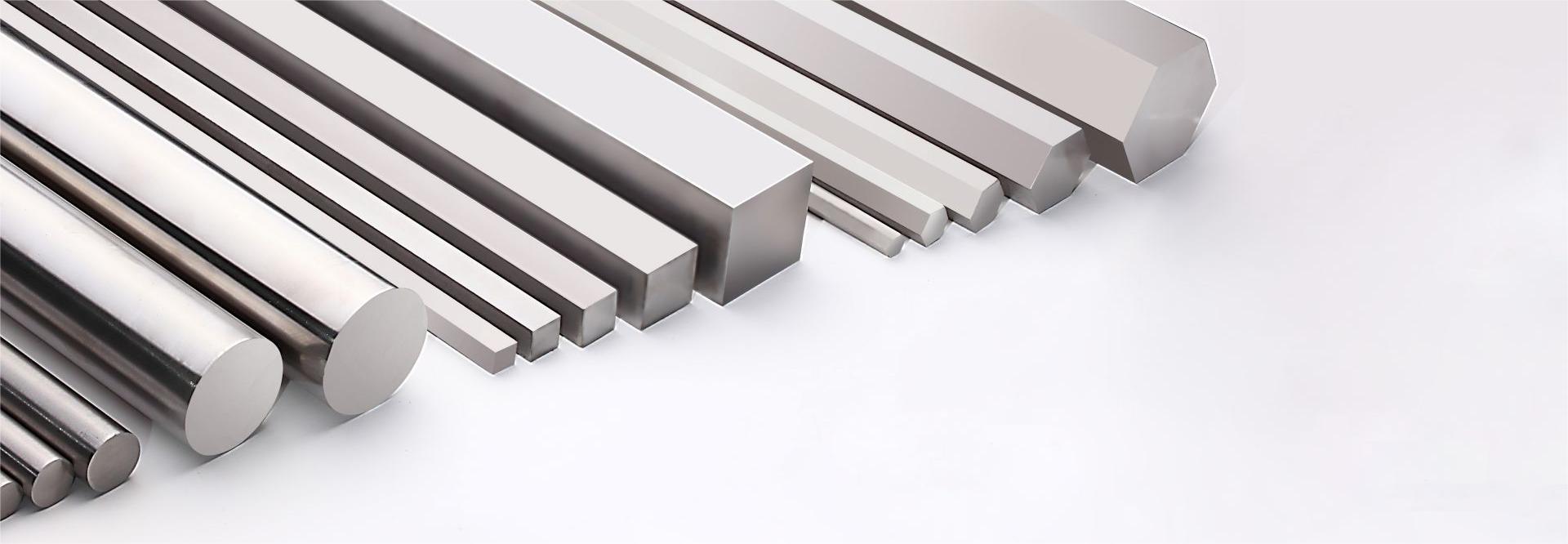
Performance parameters of different types of mold steel
2024-07-24 14:53Cold working mold steel:
Hardness: usually high, generally between 58-64 HRC.
Strength: High yield strength and tensile strength to withstand greater pressure and impact forces.
Wear resistance: Good to cope with frequent friction and wear.
Resilience: relatively low, but still requires a certain level of toughness to prevent brittle fracture.
Thermal stability: The requirement is relatively low because the operating temperature is usually low.
For example, Cr12MoV cold working die steel has a hardness of 60-62 HRC and a tensile strength of approximately 1800-2100 MPa.
Hot work mold steel:
Hardness: generally in the range of 40-52 HRC.
Strength: It has high high-temperature strength and yield strength.
Wear resistance: Good, able to withstand wear at high temperatures.
Toughness: Good to withstand thermal shock and alternating loads.
Thermal stability: Excellent, able to maintain stable organization and performance at high temperatures.
Thermal fatigue performance: Good, able to resist damage caused by repeated heating and cooling.
For example, H13 hot work mold steel still has good strength and hardness at around 600.
Plastic mold steel:
Hardness: varies between 28 and 55 HRC depending on specific usage.
Strength: Moderate, meeting the requirements of injection molding and other processes.
Wear resistance: determined according to the requirements of plastic products.
Toughness: Good, preventing mold cracking during use.
Polishing performance: Excellent to achieve a smooth surface of plastic products.
Corrosion resistance: In some cases, good corrosion resistance is required.
